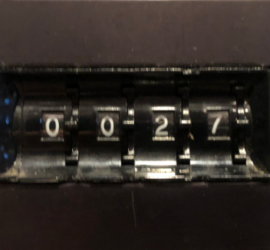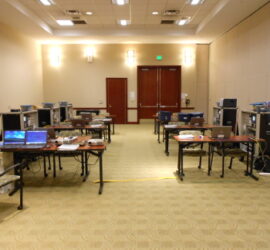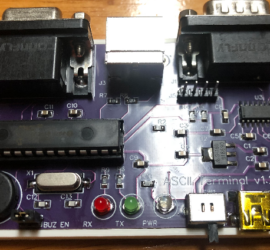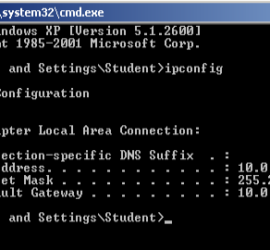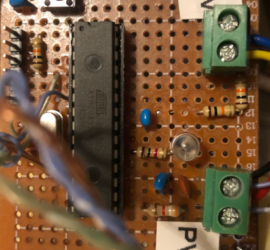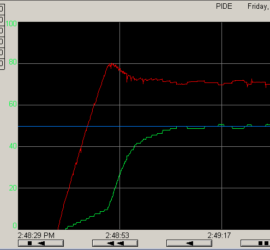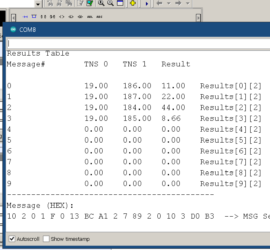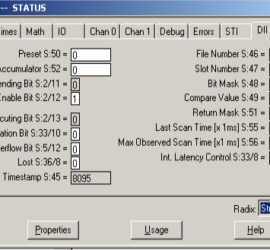How Numbering Systems Work
Introduction to How Numbering Systems Work When working with any PLC such as ControlLogix (or any digital computer), it’s important to understand how numbering systems work. The numbering system we are all used to is base-10 (Decimal). Mainly, that’s because we have 10 fingers. In the decimal numbering system, there Read More »

